Ljubljana related
In a recent Fox News article on “Top 10 deadliest European Cities”, the Slovenian town of Celje somehow found a way to sixth place by murders per capita in all of Europe.
To everyone’s surprise, Fox News declared Celje, a historic town of less than 50,000 people, mostly known for its late medieval noble dynasty, as the Counts of Celje , the sixth European city by murders per capita. This is because, according to Fox News, 2.6 murders per 100,000 people occurred in Celje in 2017.
If we set aside the dubious methodology which should place a village of Podbočje, population 336, at the top of the list due to a murder that occurred there in 2017, Celje municipality and the Police claim no murder occurred in Celje in 2017. The city government, together with the police therefore appealed to Fox News to take Celje off the list, as their murder rate data of the municipality of Celje is inaccurate.
Dear @foxnews. The data you have used for your article https://t.co/f7tsWdL13Z is completely false. Please read the response from @policija_si:
— Slovenian Government (@govSlovenia) February 7, 2020
?️https://t.co/eEM8Y4W4yx
Meanwhile, the Government of Slovenia posted a Tweet in which it reminds Fox News about its false report, adding an invite “to the beautiful and safe city of Celje. It is the town of princes with rich archaeological treasures and only 30 minutes away from @FLOTUS hometown.”
STA, 30 January 2020 - Slovenia's most polluted cities are located in the east of the country, with air quality improving compared to the situation half a century ago, shows a survey by the National Institute of Public Health. However, air pollution is still the key environmental factor affecting health and premature mortality rates, the newspaper Delo reports Thursday.
The air in Celje and Zagorje in the east, and Murska Sobota in the north-east is found to be the most polluted in Slovenia in terms of particle pollution. The daily concentration of dust particles in these cities exceeds the statutory limit more than 35 times per year.
Excessive particle pollution was also recorded in Maribor, as well as Hrastnik and Trbovlje which, like Zagorje, are situated in the industry-heavy Zasavje region, shows the survey on Slovenians' mortality rates in cities plagued by particle pollution.
Poor air quality has a significant detrimental effect on cardiovascular disease, according to the National Institute of Public Health. Between 2016 and 2018, when the study was conducted, almost 1,000 people died from pollution-related causes, accounting for almost 25% of all deaths in the cities in the study.
Up to 70 cardiac patients per year die due to air pollution health ramifications in Ljubljana, while in Celje citizens were exposed to excessive levels of PM10 particles in the air for almost a month and a half in total last year.
Due to air pollution, aggravated by traffic and, most notably, household emissions, Slovenia records 1,700 cases of premature deaths, shows the Environment Agency data.
Slovenia may be the only country in the world with “love” in its name, but romance is perhaps not on the menu after dark on 29 and 30 November when Celje hosts Eroticland – the biggest European regional erotic festival, and one operating under a new name after a decade as SLOVErotica.
On that weekend, the last Friday and Saturday nights in November, the city of counts will play host to the legendary Rocco Siffredi, director and star of some 1,300 adult films, along with other names from the world of pornography (including Veronica Avluv, Martina Smeraldi, Cherry Kiss, Christiana Cinn, Michael Stefano, Laura Fiorentino, Franco Roccaforte, Mike Angelo, Angel Emily, Amandha Fox and Lisa Amane, see here, NSFW). On both days the event runs from 18:00 to 02:00, and has a programme, see here (NSFW), that promises six stages offering an erotic car wash, a freeky (sic) zone with some bondage and rope, dancing in cages and on poles, erotic workshops, a ladies zone, a swingers’ corner, tantric experiences, exhibitors stalls and more.
The focal attraction will be an orgy organised by the “Italian Stallion”, and in the words of the official website:
Rocco Siffredi’s HARD ACADEMY SPACE VERSION ORCHESTRA will be one of the most striking performances of this year’s Eroticland! An “orchestra” orgy live, under the watchful eye of “conductor” Rocco, who simultaneously elevates and communicates with the audience… There will be a battle between MILFs as violas and the newcomers as the violins, while the men will be the brass section, checking out who does it better! Seen for the first time at and created only for EROTICLAND!
The publicity for the event, which is strictly 18+, goes on to note “We are certain that this extraordinary event will leave a lasting impression on you and create scenes you won’t forget easily!”
Eroticland will be held at Celjski sejem, Dečkova cesta 1 3000 Celje, tickets can be purchased here (NSFW), and please note that animals are strictly forbidden.
STA, 22 October 2019 - Representatives of several Celje civil initiatives warned on Tuesday about excessive levels of heavy metals found in the soil in the Celje area, describing the city as "Slovenian Chernobyl" due to its various environmental issues.
The initiatives' representative Boris Šuštar said at today's press conference that results of analyses showed that, compared to the Slovenian average, attic dust in Celje contained 100 times more cadmium and 50 times more of other pollutants, including carcinogenic ones.
Heavy cadmium pollution in the area is part of the infamous legacy of chemical company Cinkarna Celje's predecessor, the old zinc factory.
Šuštar pointed out that the area of the former factory, covering 17 hectares and going nine metres deep in the ground, is polluted by a staggering amount of 1.5 million m3 of mostly toxic waste.
He believes that no other urban area in Europe is as polluted as the one in Celje, so he called for a comprehensive approach to the issue.
The initiatives also draw attention to noise pollution and dying trees in the city and its surrounding areas.
Cleaning of degraded areas in and around the city of Celje has been under way for a while, with one of the most burning issues being the polluted soil of school and kindergarten playgrounds.
The plan for this year was to clean five kindergarten playgrounds in the city, a project valued at around a million euro, with another five to be cleaned in 2020.
May 22, 2019
With the European parliamentary elections approaching it is perhaps appropriate to look back in time at the polity that used to rule these lands in the late Middle Ages, when “nations” didn’t exist, and the rising Ottoman Empire was the main external threat to the ruling families of the Holy Roman Empire.
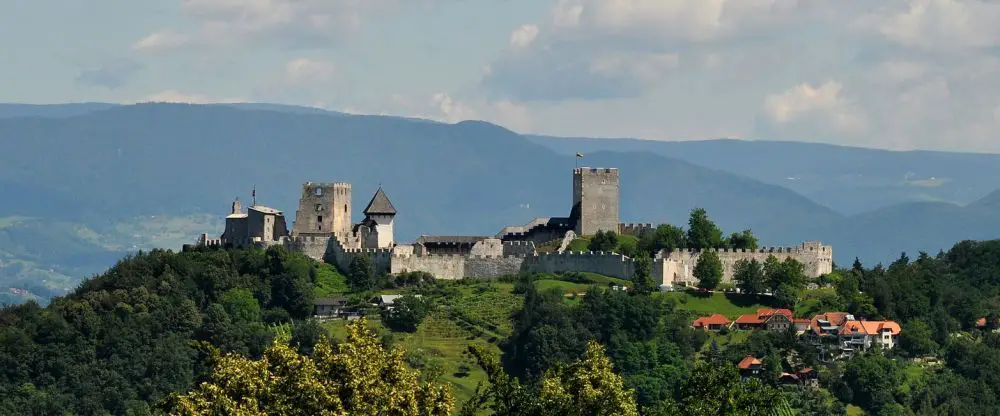
One of the most successful feudal families that emerged in the present-day Slovenia and seriously challenged the dominance of the Habsburgs were Counts of Celje (GER: Grafen von Cilli), who were elevated to the rank of Princes in 1436, following a successful series of military campaigns and the marriage policies of Hermann II.
Hermann II, who is mostly known to Slovenian historic memory as the person who killed his daughter-in-law Veronica of Desenice, managed to establish a relationship of trust with King and later Emperor Sigismund of Luxemburg, expand his family’s territories from Styria deep into the Balkan and set the stage for his grandchild Ulric II to attempt to take the Hungarian throne. With Ulric’s death, however, the male line of the Counts of Celje was extinct and their estates went to the House of Hapsburgs, who were in a mutual inheritance contract with the House of Celje.
Hermann II and his political ambitions
In 1388 Hermann II arranged the marriage of his first born son Frederick III with Elisabeth of the Frankopans, both babies at the time. Hermann’s goal was to establish a principality – a political entity subservient directly and only to the King. The marriage with the Frankopans, a Croat noble family, would help ease resistance in Slavonia that started to build up against the House of Celje due to its expansion into the Balkans. He also managed to secure a generous dowry that Elisabeth brought into the family, which included several estates in Kvarner on the Adriatic coast.
While the engaged were growing up, each with their own families, Hermann II made a smart move by joining King Sigismund of Luxemburg in his 1396 Crusade of Nicopolis, which was to save Constantinople and Byzantine Empire from the Ottoman Turks. During the campaign he saved Sigismund’s life and the King promised him to marry his daughter Barbara in return. Through this marriage, Barbara, once old enough, became the Empress of the Holy Roman Empire after Sigismund was elected Emperor in 1433.
Frederick II of Celje and Veronika of Desenice
The plans Hermann II had for oldest son, Frederick II, however, didn’t go as he envisioned. When Elisabeth and Frederick were finally married in 1404 or 1405, they did not get along very well. Elisabeth gave birth to two boys, Ulric II and Frederick III, the latter dying in early childhood. The couple lived separately from 1415 until Elisabeth’s suspicious death in 1422. How and where Elisabeth died is not very clear. According to one of the stories, especially popular among Frankopans who wanted Elisabeth’s dowry back, Frederick II strangled her so that he could get married with his mistress, Veronika of Desenice.
Before Elisabeth’s death, Frederick met a girl from a lower class in the village of Desenice and fell in love with her. In 1424 or 1425 Veronica of Desenice and Frederick II of Celje got married, and Frederick built a Friedrichstein castle above Kočevje, where they would presumably live happily ever after.
With this marriage he fell out of favour not only with the Frankopans, who took back control of the territories that had been included in Elisabeth’s dowry, but also his father Hermann II, whose political achievements he wasted, and the Hungarian court under King Sigismund, who felt obligated to his father.
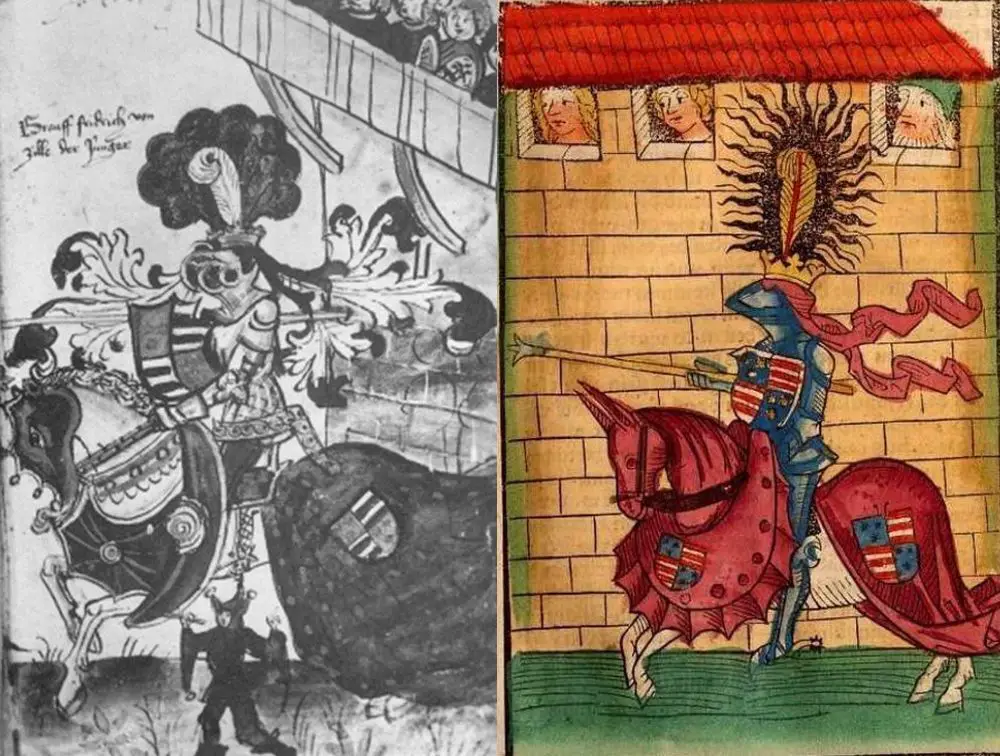
In 1425 Frederick II applied for asylum in Venice, claiming that his father and the Hungarian court were attempting to kill he and his wife, but the senate of the city state turned him down. Somehow King Sigismund managed to lure Frederick to his court where he was captured and handed over to his father, who threw him in jail and demolished Friedrichstein Castel.
Veronica was hiding in monasteries and forests until she was captured as well. In order to clear his son’s name in front of other noble families, Hermann headed to court accusing Veronica of witchcraft. He failed, the court found her not guilty. Hermann II then jailed Veronica in Ojstrica castle where she was drowned in a tub by Hermann’s guard on October 14, 1425.
Frederick, however, didn’t stay in prison for very long. In 1426 his only remaining brother Hermann III died. The only heirs of the Counts of Celje now were Frederick II and his son Ulric II, so Hermann II released his son from jail.
Principality of Celje
The relationship between Hermann II and Frederick II smoothed a little, but the two remained rivals. Hermann II was now reluctant to entrust Frederick with management of the family estates. In 1429 Frederick was given the title Count of Zagorje by King Sigismund of Hungary, something Hermann probably opposed. In 1435 Frederick II rebelled against his father by demanding concessions from the Hungarian King, now also the Holy Roman Emperor, , placing Sigismund in the middle of the dispute he had with his father. These trouble stopped with Hermann’s death. On November 30, 1436, Frederick II and Ulric II were elevated to the ranks of Princes, which came with power granted to them over jurisdiction, currency production and mining.
The Princes of Celje now became legal contesters for the Empire’s crown, which endangered the unity of the Habsburg estates. Between the years of 1436 and 1443 a war ensued between the two families. Although the House of Celje proved stronger in the battlefield, they had to accept the ceasefire as by then Frederick III of the Habsburgs was already crowned a King. In 1443 a mutual inheritance contract was signed by the two families in case of dynastic extinction.
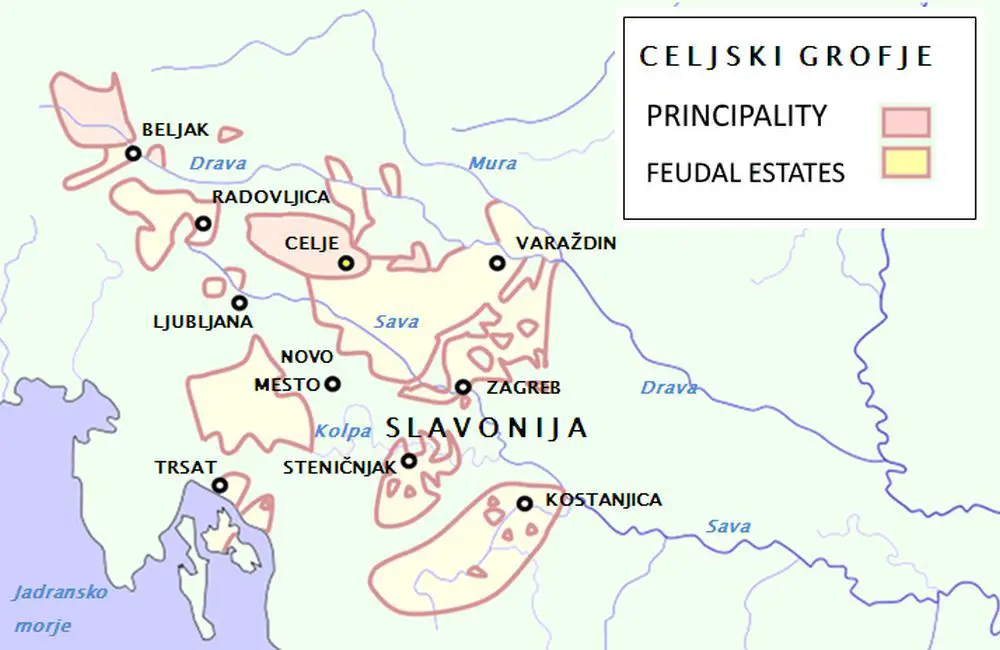
Meanwhile, Sigismund died in 1437, which triggered the succession crisis for the Hungarian crown. Ulric II entered the intrigues that followed, and Frederick II helped by engaging in diplomatic missions, mobilizing the family’s vast connections abroad. Frederick II died in 1454, and a year later second Ulric’s son died as well, rendering Urlic II the sole surviving heir of the House of Celje.
The end of the House of Celje
In 1456 Ulric II was assassinated by the rival House of Hunyadis from Transylvania, while accompanying Hungarian King Ladislav to Belgrade. This meant that the House of Celje was extinct and according to the mutual inheritance contract, Habsburgs became legal heirs of their estates, setting the stage for the Austrian Empire.
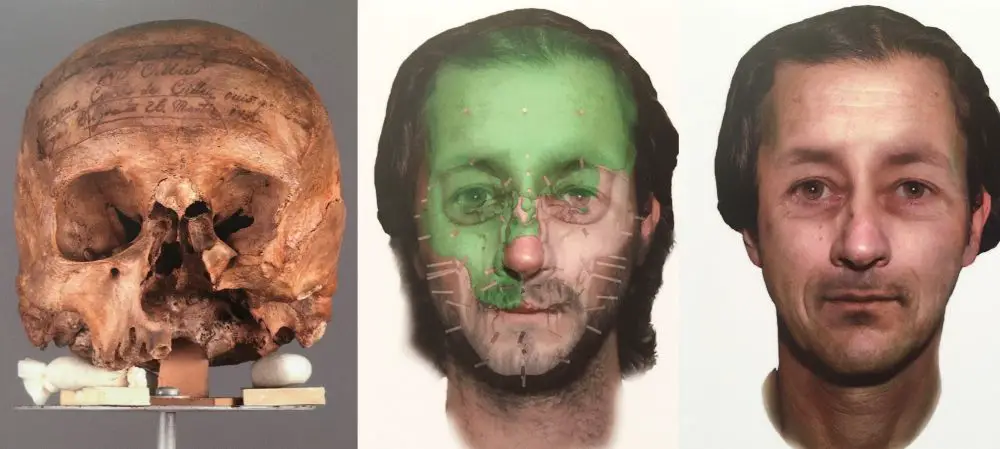
Ljubljana’s gourmet burger scene is a strong and growing one, with both dedicated restaurants and pop-up festivals dedicated to bringing the best out of simple ingredients. One such place is the Hood Burger chain, which started as a humble stand in front of Sax Pub, Ljubljana, in 2012.
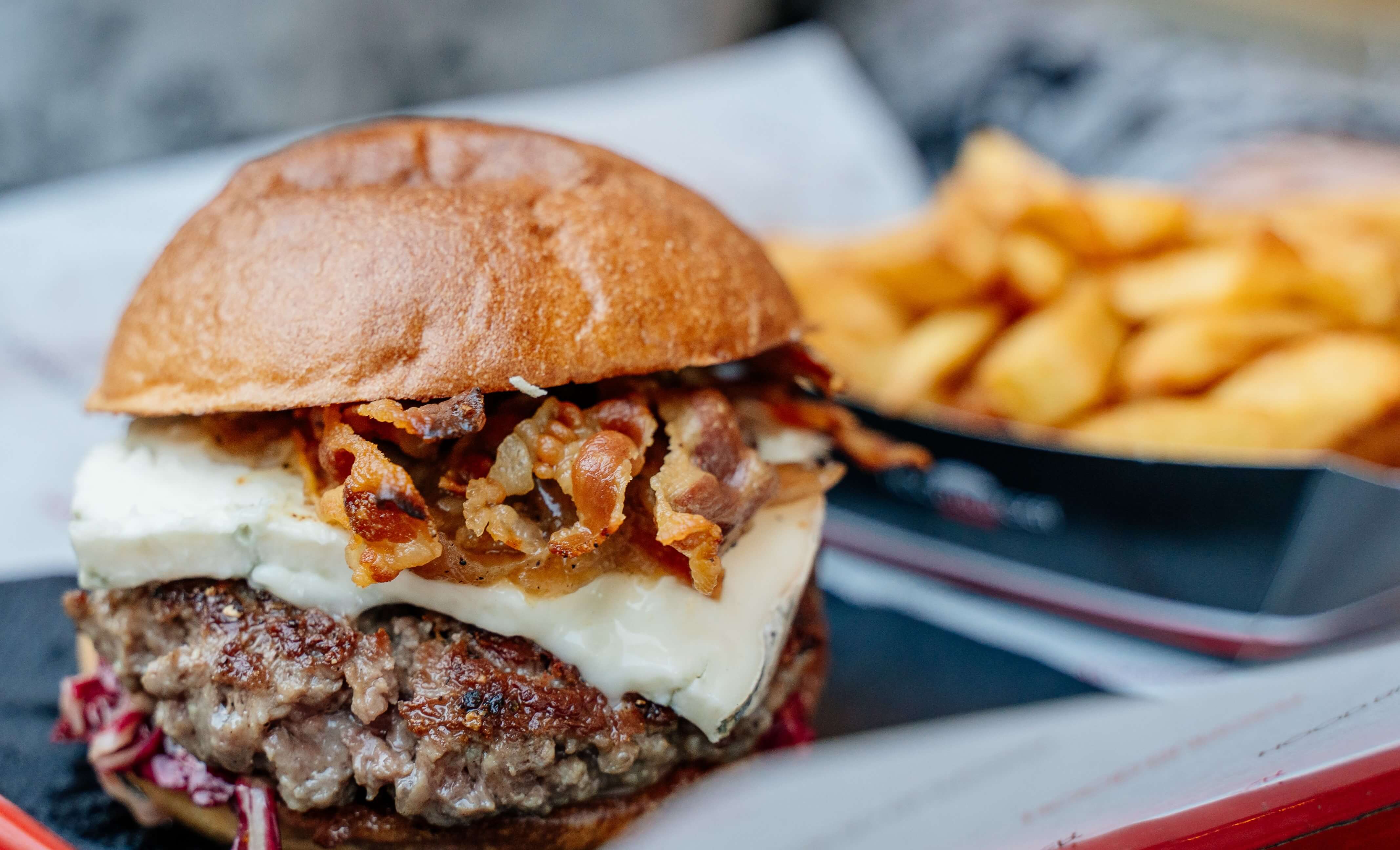
The Lady Marmalade: "Voulez-vous manger avec moi, ce soir?"
The concept of high quality ingredients served with respect found immediate favour with customers, with the owners, Til Pleterski and Klemen Ptičak, opening their first permanent location in Vič later that same year. Since then the company’s gone from strength to strength and now boasts four locations, three in Ljubjljana (Vič, BTC and Nazorjeva Street) and the latest in Celje (at Prešernova ulica 10, Celje).
To mark the occasion, do some good for the local community and underline the chain’s commitment to fine ingredients and innovation, Hood has announced a new product, available for just 12 days, the intriguingly named Lady Marmalade. But the name is far from the most interesting thing about the latest addition to Hood’s short menu of burgers, fries, chicken, shakes, sodas and beers. It’ss a collaboration with the chef Janez Bratovž, the doyen of Ljubljana’s fine-dining scene and the man behind the initials of JB Restavracija. In short, not someone to throw ketchup on a burger and be done with it.
As Janez said at yesterday's launch:
When the boys invited me to participate, I was honoured, even more so when I learned that it was for a good cause. I immediately had a basic idea in my head, and then with Til and Klemen, who are truly burger experts, I have developed and supplemented it, so I am very happy with the end result. The rise of street food like this is a reflection of the fact that we live faster, we do not have one hour for lunch, but the quality of street food is thus very important. Hood Burger provides this. Til and Klemen take food, and really make sure that the bread, meat and other ingredients are top-quality.
The item itself is described as a sophisticated burger, both strong and gentle, and I’d just say it was delicious, as I discovered at the launch last night. The tasty bun and burger, the latter produced using Hood’s standard smashing technique, is complimented by a thick slice of Lombardy gorgonzola, a jam flavoured with Brda Merlot, some thinly sliced radicchio, enriched with a custom vinaigrette dressing, along with some onions and crisp pancetta – a taste of the Karst region you can hold in your hand, and one that goes equally well with a glass of Bevog or Union
Related: Ljubljana Burgers – the case for Hood
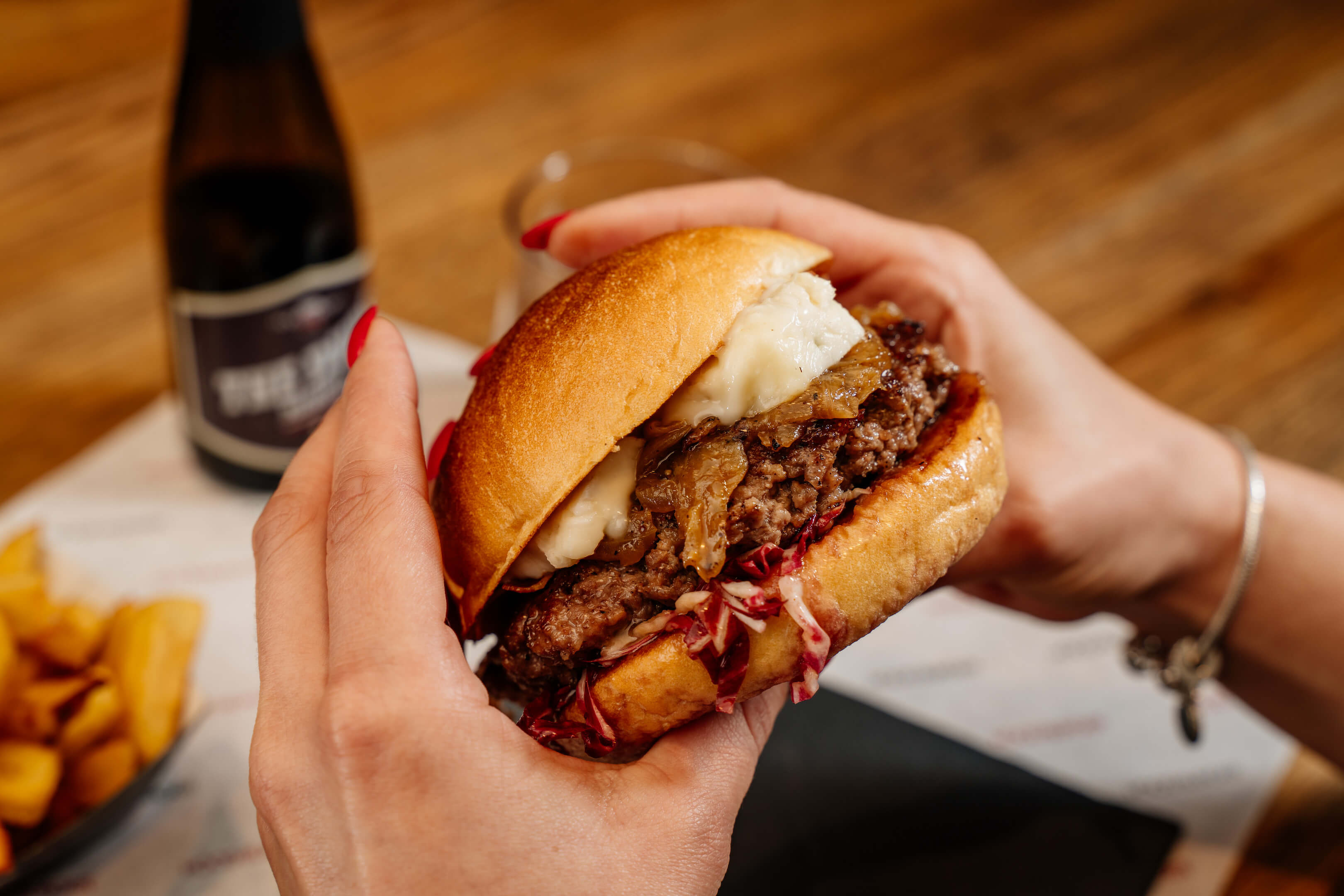
What’s more, from each one sold Hood is donating €1 to the Gynaecology and Maternity Department of the General Hospital Celje. There’s thus no reason to feel guilty the next time you pop out for a burger, as it’ll both taste good and do good, while enabling you to say, in all honesty, that yes, you’ve eaten food by Janez Bratovž.
The Lady Marmalade burgers will be on the menus of all four Hood locations from today until June 2, so catch them while you can.
November 28, 2018
Two sub-sites on the grounds of Cinkarna Celje have been classified as having “serious contamination” with “remediation urgently required” in a report issued by CDM Smith on November 27, following the examination of surface water from the Hudinja and Ložnica rivers to assess their chemical burden prior to and after the rivers passage along Cinkarna Celje production site’s boundaries.
Although the measurements of Ložnica river contamination showed agreement with the assumed arsenic source, the existence of other currently unknown arsenic source areas along the Hudinja have to be taken into consideration. The report also calls for further investigation, which is required for a detailed assessment of the impact due to on-site zinc and chlorobenzene contaminated groundwater at two locations.
The contamination of the Cinkarna Celje area predates its current production of titanium dioxide pigment. From 1873 till 1968 the plant was mainly involved in metallurgy (Cinkarna means zinc plant), the industry responsible for the serious ongoing pollution of the site. Moreover, a major part of the current production facilities of Cinkarna was built on top of waste that had been generated throughout the 140 years of its operation.
Although several sub-sites were declared seriously contaminated, the two responsible for the contamination migration in connection to their ecological impact on the two rivers require, says the report, hydraulic containment measures to be taken immediately.
STA, 22 November 2018 - The Nazi-themed posters in Velenje that upset the public this summer were put up by a minor with no ties to any extremist groups, police investigation has shown. He faces charges for public incitement of hatred and intolerance.
During the investigation, police found out that the suspect had acted alone and that his motive was not related to extremist groups.
According to the Celje police department, the juvenile put up six posters with Nazi content around Velenje in June.
Earlier: Nazi posters appear in Velenje
The posters said "For Family, For Country, For the Race", with the final parole followed by a swastika. At the bottom was a link to Discord, an application specialising voice-over communication for gamers.
The paroles were written in Gothic script and the posters depicted a soldier wearing an iron cross, one of the main symbols of the Third Reich.
The incident triggered a strong reaction from the public as well as top political officials. The then Prime Minister Miro Cerar called for a "decisive NO to all forms of hate speech encouraging intolerance and hatred among people" and President Borut Pahor spoke of a "notorious violation of rules and the law."
The Celje police had the posters examined at the national forensic lab and searched the home of the suspect from Celje. They seized his computer, mobile phones and other electronic devices.
The evidence collected suggested, that he got the Nazi symbols from the internet and made the six controversial posters on his computer.
Related: Football fans, skinheads, neo-Nazis and militias – the far right in Slovenia
STA, 19 November 2018 - Bojan Šrot, who has been unrivalled as the mayor of Celje for 20 years, won another term on Sunday, sweeping the field in the first round with 56% after more than half of the votes counted. Turnout was 35%.
"The result is perhaps slightly more modest than we're used to, but given that the seven mayoral candidates are a record figure in the last 20 years, I'm very happy," Šrot told TV Slovenija.
The 58-year-old, who only had to do a run-off during his first run for mayor, rejected those claiming he has been in power for too long, saying that this was actually "an advantage, as experience helps a lot when being mayor".
"I still have like two terms worth of energy and plans left in me," said the mayor, who fielded his own list for the city council this time after he had previously ran as part of the People's Party (SLS), which he led between 2007 and 2009.
Meanwhile, Sandi Sendelbah, a former municipal accountant who was recently sacked by the mayor, proved Šrot's most serious challenger. He has 18% after more than half of votes have been counted
Sendelbah ran alone as his list Open Celje was rejected for administrative reasons.
A first-round win by Šrot had not been a forgone conclusion, with polls carried out among the residents suggesting that many people indeed want change.
In October, half of respondents said it was time for a change at the helm of the municipality, and only 20% said the current team should stay on.
All our Celje stories are here
STA, 16 November 2018 - Standing halfway between Ljubljana and Maribor, Celje has been facing environmental issues and a drain of young people, having recently lost the title of the third-largest city in Slovenia. But everything suggests that there will be no change after local elections as long-time Mayor Bojan Šrot is virtually unrivalled.
Šrot, who has been at the helm of the city administration for two decades, is heading for the first local elections with his own list, after leaving two years ago the People's Party (SLS), which he led between 2007 and 2009.
No major party has managed to put forward a candidate in the last 20 years who could seriously rival Šrot, who still enjoys strong support despite lingering criticism and is likely to carry the vote in the first round.
Šrot has established his own party, the Celje Mayor's List, which has gained nearly 400 members since its inception in late August. He says the party is positioned strictly in the centre and "quite un-ideological", focusing on local issues.
His competition this time includes Sandi Sendelbah, a former municipal accountant who was actually fired recently by the mayor, and who will run alone in the elections as his list Open Celje has been rejected for administrative reasons.
Supported by a group of voters, Sendelbah strives for what he calls democratisation of the local government, and also stresses measures to address environmental issues and measures to keep young people from leaving the city.
Related: All our local elections coverage is here
The Democrats (SDS), the largest parliamentary party, are running with music teacher Matjaž Železnik, 61, who would like to revive the city centre, construct a new retirement home and introduce measures to encourage the young to stay in the city.
The incumbent is also facing Marko Zidanšek, the former party colleague who resigned as the SLS president after the party narrowly missed the threshold to enter parliament in the June general election.
Zidanšek, who heads a waste management company, sees the creation of new jobs with high added value as a priority, as this would make the city attractive to young people and highly-qualified workforce.
The Left has put forward librarian Mateja Žvižej, who if elected would discuss with representatives of local communities ways to introduce participatory budget at the micro level.
She believes that Celje needs to attract companies which employs highly educated staff with high added value and that every elderly citizen need to be provided with timely and quality home assistance.
Also in the running are Branko Verdev, the oldest candidate, aged 63, who runs with support from the Social Democrats (SD) and Matevž Vuga, the youngest candidate (31), who has been put forward by the Modern Centre Party (SMC).
Polls carried out among the residents suggest that many people indeed want change. In October, half of respondents said it was time for a change at the helm of the municipality, and only 20% said the current team should stay on.
But on the other hand, only a quarter are satisfied with the competition Šrot is facing in the elections, and more than half believe that he is facing mediocre competition.
The most recent survey shows Šrot getting more than 50% of support of the decided respondents and other candidates failing to get more than 5%. Šrot is also projected to win the most seats in the city council with his own list.
But whoever wins on Sunday following a lacklustre election campaign will have to address the issue of young people leaving the city, as they see not much opportunity there, and the environmental burden brought by the old site of chemical company Cinkarna Celje.
Many young people who leave Celje to study in Ljubljana or elsewhere do not return to their home town, disappointed by a job market that has been weak despite efforts by the authorities to create an innovative business environment.
The city is also in dire need of a bypass road as cargo vehicles still practically drive through the city centre, which is in turn seeing a lack of activity and events as many shops, cafes and restaurants are being closed.
All our stories about Celje are here




